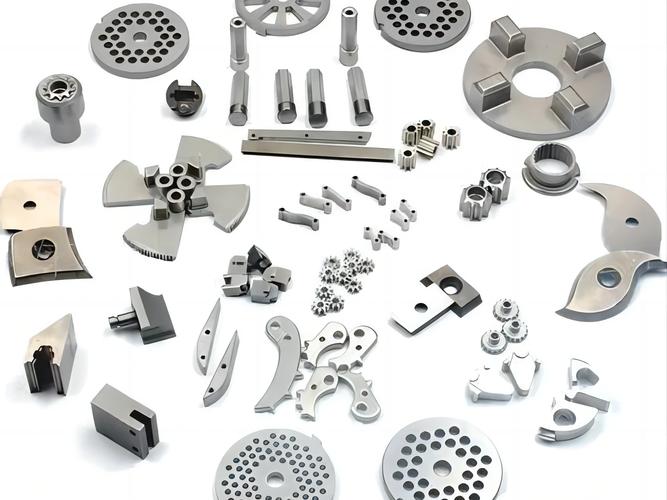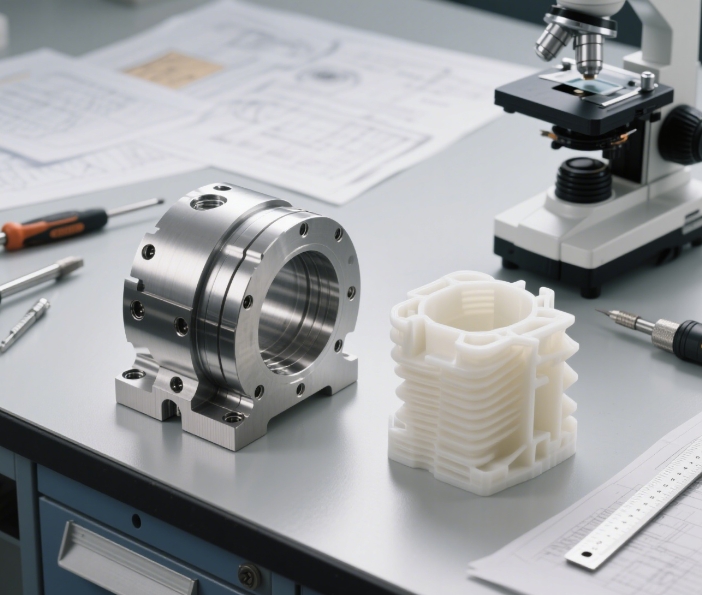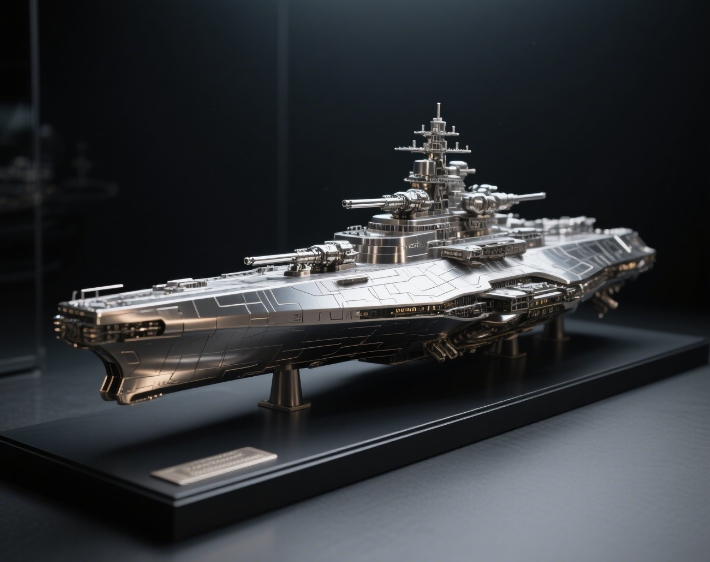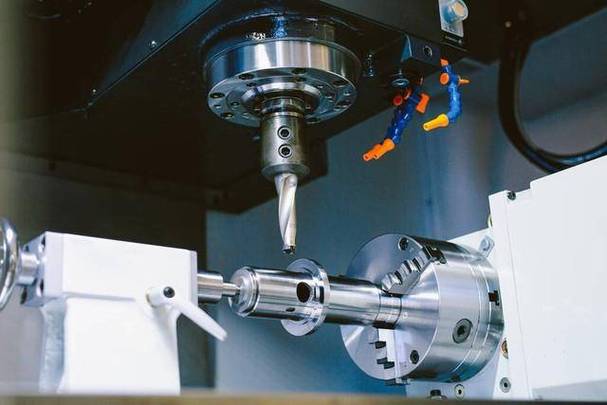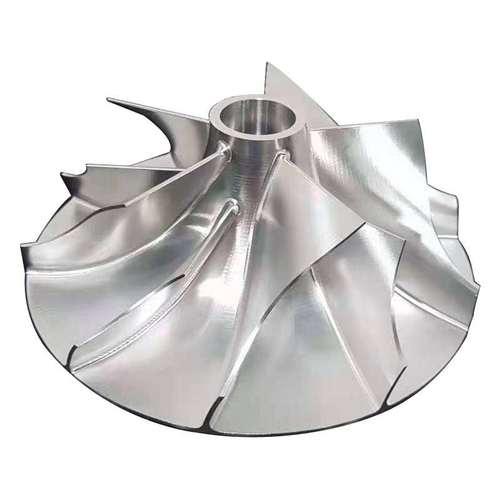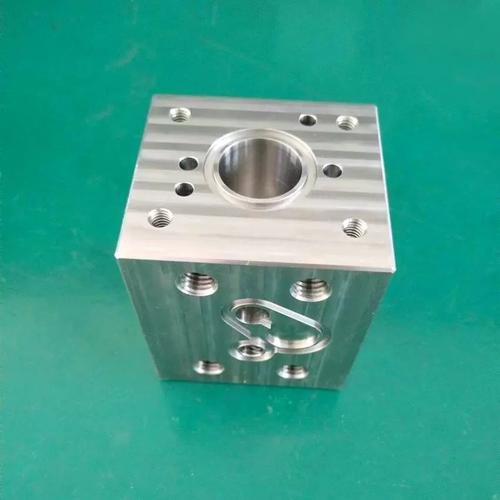Bubbles in plastic parts primarily form when gases (air, moisture, or volatile substances) become trapped inside the plastic during molding, expand when heated, and create cavities or bulges. These gases may originate from moisture in the material, undried raw materials, poor mold ventilation, or improper temperature/pressure control during molding. Bubbles not only affect appearance but can also weaken part strength, making them a common quality defect in processes like injection molding and extrusion.
Detailed Analysis of Bubble Formation in Plastic Parts
1. Material-Related Factors
Inherent material properties or improper preprocessing are common causes of bubbles:
- Excessive Moisture: Hygroscopic plastics (e.g., ABS, PA, PC) that are not fully dried contain moisture in their granules, which evaporates into water vapor during molding. As the plastic melt cools and solidifies, water vapor gets trapped inside, forming bubbles. For example, PA66 with a moisture content >0.2% is highly prone to surface or internal bubbles after molding.
- Volatile Release: Additives in plastics (plasticizers, stabilizers) or residual monomers volatilize at high temperatures, generating gases. Recycled materials contaminated with impurities (e.g., oil, low-boiling-point plastics) also release gases when heated, especially when processing temperatures approach the material’s decomposition point.
- Material Mixing Issues: When mixing plastics with different melting points (e.g., PP and PE), the lower-melting component may melt prematurely, producing gas. Poor compatibility between fillers (glass fibers, mineral powders) and resin can also trap air at interfaces, forming microbubbles.
2. Improper Molding Process Parameters
Incorrect parameter settings in injection molding, extrusion, and other processes directly cause bubbles:
- Excessively High Temperature: When melt temperature exceeds the material’s heat resistance limit, plastics decompose and release gases (e.g., PVC decomposes to release HCl gas above 180°C). High temperatures also reduce material viscosity, making it harder for gases to escape, which then get trapped as bubbles.
- Insufficient Pressure or Short Holding Time: In injection molding, inadequate injection or holding pressure fails to compress and expel gases from the melt. This is particularly problematic in thick-walled parts, where pressure decay in the core area easily forms vacuum bubbles (shrinkage bubbles). Short holding times prevent full melt compensation, leading to bubbles during cooling and shrinkage.
- Excessively Fast Injection Speed: High-speed melt filling can entrain large amounts of air. If not vented in time, compressed and heated air cools to form bubbles. For example, overly fast injection in thin-walled parts can cause “jetting,” trapping air and creating surface bubbles.
3. Defects in Mold Design
Unreasonable mold structures hinder gas escape, exacerbating bubble issues:
- Poor Ventilation: Insufficient venting slots in mold cavities, gates, or runners, or blockage of vents by plastic debris, trap air during filling, which becomes encapsulated in the melt. Complex cavities (e.g., parts with deep ribs or narrow grooves) are particularly prone to air entrapment at corners, forming bubbles.
- Inappropriate Gate Positioning: Gates far from thick-walled areas or placed in narrow channels result in long melt flow paths, causing pressure loss. Gases struggle to escape with the melt flow, accumulating at the ends or in thick sections to form bubbles.
- Uneven Cooling: Poorly designed mold cooling systems cause uneven cooling. For example, thick-walled areas without cooling channels solidify first on the surface, while the inner melt remains molten. Shrinkage without sufficient compensation creates vacuum bubbles.
4. Bubble Scenarios in Different Molding Processes
- Injection Molding: Thick-walled parts (e.g., reinforcing ribs in phone cases) often develop “shrinkage bubbles” in the core, where the outer layer cools quickly, and the inner melt shrinks without sufficient filling, forming a vacuum. Surface bubbles typically result from air entrapment near the gate or excessive material moisture.
- Extrusion Molding: Surface bubbles in pipes or sheets often stem from unremoved moisture in raw materials or insufficient screw compression ratios, which fail to expel air. For example, if the hopper is unsealed during PE pipe extrusion, moist air entering the barrel can form surface bubbles.
- Blow Molding: Bubbles in bottle bottoms or shoulders may occur due to uneven parison heating (local overheating causes decomposition) or insufficient blowing pressure, leaving trapped air between the parison and mold.
5. Impact of Bubbles in Industrial Applications
Tolerance for bubbles varies by industry, but all face quality risks:
- Automotive Industry: Bubbles in engine compartment plastic parts (e.g., sensor housings) can weaken structural integrity, leading to cracks, oil leaks, or short circuits.
- Electronics Industry: Surface bubbles on phone frames or laptop casings harm aesthetics and reduce product value; bubbles in internal components (e.g., connectors) may cause assembly interference or poor conductivity.
- Medical Industry: Bubbles in syringes or IV sets can harbor bacteria, violating sterility requirements, and weaken structure, risking rupture.
6. Prevention and Solutions
Targeted measures address bubble causes:
- Material Preprocessing: Hygroscopic plastics require strict drying (e.g., PA66 dried at 80°C for 4–6 hours to moisture <0.1%). Dehumidifying dryers, rather than hot air dryers, prevent reabsorption.
- Process Parameter Optimization: Reduce melt temperature (e.g., lowering PC processing from 300°C to 280°C), increase injection and holding pressures, and extend holding time to ensure gas expulsion and melt compensation.
- Mold Improvements: Add venting slots (0.02–0.05mm deep) at cavity corners and deep ribs, enlarge gates to shorten flow paths, and optimize cooling channels for uniform part cooling.
- Material Control: Limit recycled material usage (typically <30%) to avoid contamination; select low-volatile additives compatible with the resin.
In summary, bubbles in plastic parts result from interactions between materials, processes, and molds. Comprehensive inspection is needed to identify root causes, with targeted adjustments to ensure product quality.


